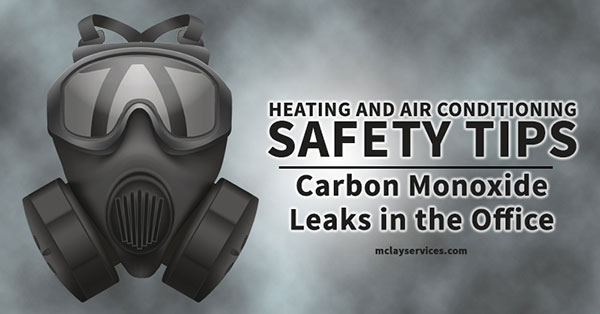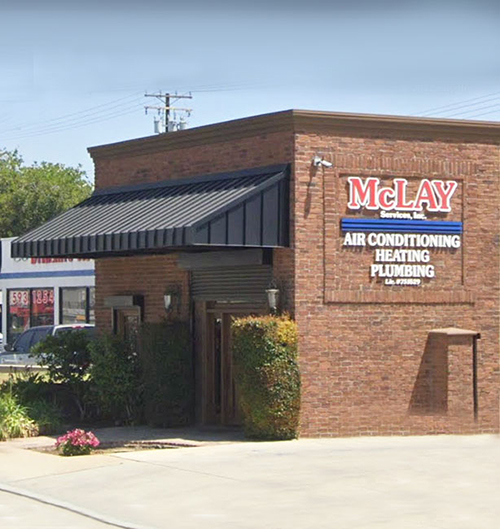Carbon monoxide is an odorless and invisible gas that can cause health complications and even death for anyone who inhales it. Knowing the signs of carbon monoxide leaks can help keep you and your occupants safe and help prevent liabilities from negligence.
How to Detect and Protect Against Carbon Monoxide Leaks
Most businesses have carbon monoxide detectors installed inside the building, which is a good and important first safety step. However, detectors generally only go off if the carbon monoxide has reached a deadly level. There are other measures you’ll want to take to reduce the possibility of low levels of carbon monoxide as well.
Signs and Symptoms of Carbon Monoxide Poisoning
Since the initial effects of carbon monoxide poisoning are so mild, a leak can go undetected for quite awhile. In order to take action as quickly as possible, it’s important to know the physical symptoms associated with a small leak. These symptoms include:
- Headaches
- Nausea
- Fatigue
- Chest pain for those with heart conditions
If you have a handful of people in your building who are all experiencing the same symptoms, there’s a good chance that something inside your building is causing the health problems. The sooner you’re aware of a gas leak, the sooner you can stop the symptoms from becoming more severe.
What to Do if Your Detectors Go Off
If your carbon monoxide detectors go off, it means that the gas has already reached a potentially fatal level. It’s important to take immediate action in this scenario, in order to protect those inside the building.
- Evacuate the building—Make sure everyone leaves the building immediately. If your building holds a large number of people, expect some panic from the occupants.
- Call the fire department—The fire department may be called automatically if you have a facility management system.
- Do a head count—Try your best to account for everyone who was inside the building, which may be difficult if people come and go frequently.
- Turn the heating system off, as well as appliances—Getting out of the building is most important, but turning off heating systems and appliances may help prevent further damage.
- Open windows and doors—Again, make evacuation a priority, but if you see windows and doors that can easily be opened, doing so can help the carbon monoxide evaporate more quickly.
- Hire a qualified expert—Once the fire department has performed an inspection, bring in a qualified expert to find and fix the leak.
Of course, the best way to keep everyone safe from carbon monoxide leaks is to prevent them from occurring. The best prevention is to have your HVAC system maintained annually. Yearly maintenance can keep your system working properly, and the technicians can check areas that are likely to experience a leak.
Follow us for additional information on heating, cooling and more.



